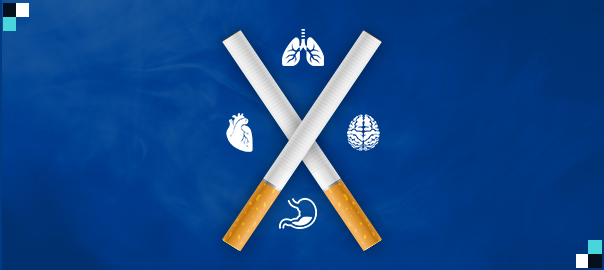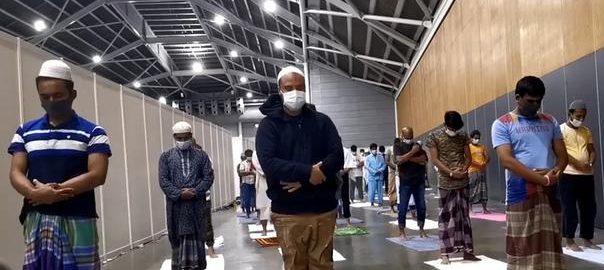Medically Reviewed by Dr. Riaz Ali Shah
Smoking kills – one of the most commonly seen warning signs that we have come across a gazillion times. Yet, those who find it hard to quit, or are good at ignoring the health hazards associated with smoking continue to smoke. What’s worse? Most of them don’t find it wrong at all to smoke in front of others and expose others to Second-hand smoking. Public places like restaurants, parks, bus-stands, public transport vehicles, shopping malls, and offices are often filled with tobacco smoke, threatening the lives of those who are breathing in that air.
Passive/second-hand smoking is the inhalation of the tobacco smoke generated by others, the residual smoke and mixture of toxins from the burning tobacco that is exhaled by a smoker and is thought to be as harmful as smoking a cigarette directly for the same amount of time.
The list of what tobacco smoking does to almost all the organs of our body is seemingly endless. But on this World No-tobacco day 2018, let’s discuss what harm active smokers are doing to the people (friends, family, co-workers, etc.) being exposed to that smoke more than they are doing to themselves. There is no safe level of exposure to second-hand tobacco smoke. Passive smoking of tobacco is as harmful as direct smoking and non-smokers take in nicotine and other toxins via the same route as smokers do. According to an estimate, more than 600,000 non-smokers die from secondhand smoke worldwide.
List of health hazards of passive smoking
- Tobacco smoke contains over 4000 chemicals, out of which more than 50 are directly related to the risk of developing Cancers (Lung cancer tops the list).
- Do you know that the particles of tobacco smoke exhaled by a smoker get stuck on the drapery in that room and clothing of the smoker, staying there up to 72 hours, and being inhaled by other people?
- On an average scale, for every 8 smokers killed by their own smoking-related lung cancer, 1 non-smoker is killed due to exposure.
- Other cancers affecting second-hand smokers like leukemia, lymphomas and breast cancer.
- Wheezing, coughing and shortness of breath are among the common respiratory problems seen in passive smokers.
- Children of smokers or those in the vicinity of active smoking suffer from bronchitis, asthma, pneumonia and middle ear infections.
- A pregnant woman exposed to tobacco smoke is likely to give birth to a baby with birth defects and low birth-weight and experiences fetal growth retardation.
- Infants exposed to second-hand smoke after birth is at an increased risk of SIDS – Sudden infant death syndrome.
- As tobacco smoke is known to increase the blood viscosity (thickness) and greater chances of clot formation, the risk of cardiovascular problems and stroke in passive smokers is 20-30% higher than a person breathing in a tobacco smoke-free zone.
- The irritants in tobacco smoke are known to cause nasal allergies, sneezing, flu, and irritation of the eyes.
- Breathing in an enclosed area with tobacco smoke will give a person headaches, nausea, and dizziness.
Bottom line is that don’t feel bad by asking somebody to not smoke near you, or feel shy to leave the place if somebody is smoking there because killing themselves is one thing but killing you and others is plain insulting. Parents and family members must try quitting smoking or at least try some nicotine replacement therapies or at the most, they can try smoking outside and far away from their kids, family, and other people. Smoking in front of kids will not only affect their health but also give them more reason to copy.
Guest Post Credit: Dr. Kanwal Ansari (BDS, RDS)






